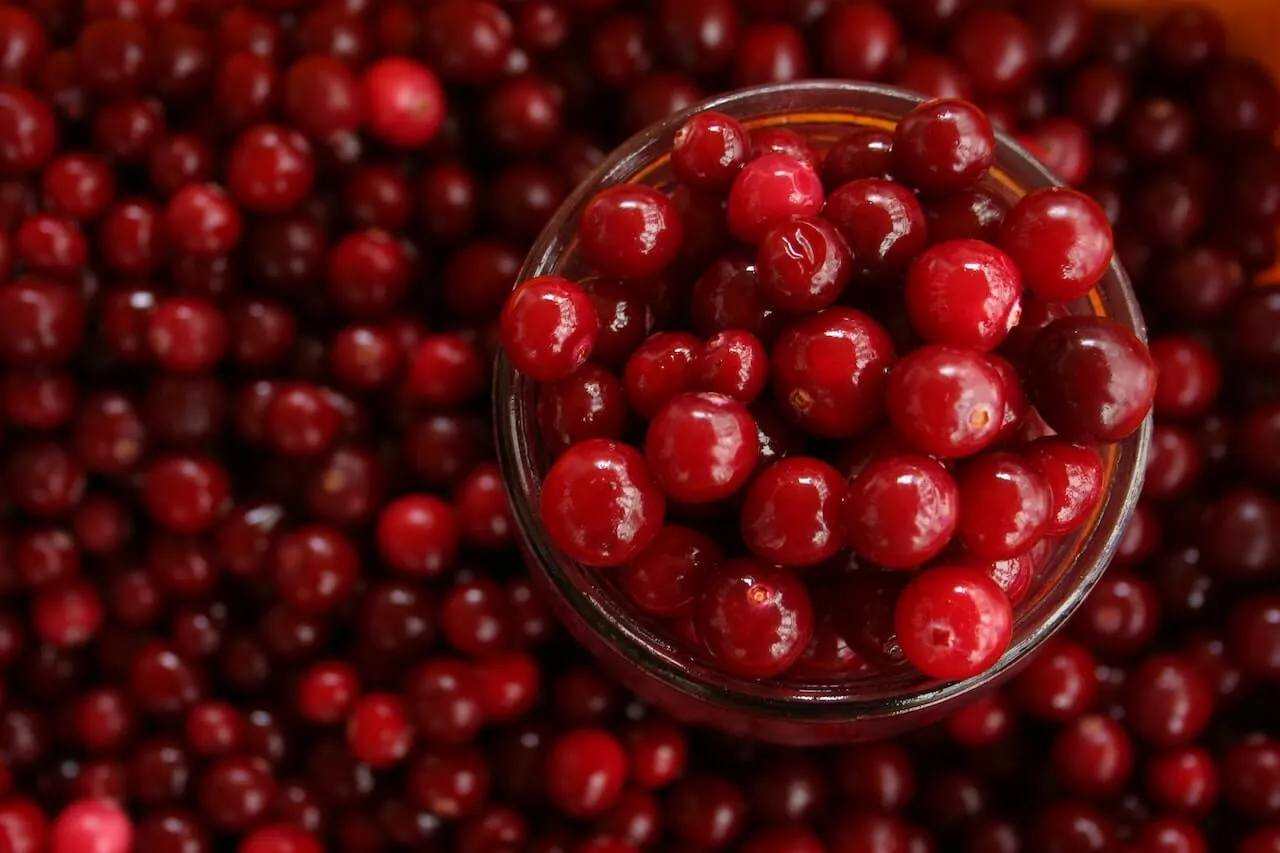Key Takeaways
- Detox diets and quick-fix cleanses can help with short-term weight loss but may cause glucose spikes, dehydration, muscle loss, and are ultimately unsustainable.
- Supporting your metabolism means nourishing your body with whole foods, engaging in regular exercise, and avoiding the use of over-the-counter detox products.
- Using tools like glucose tracking and food logging can provide you with personalized insights and help you determine the best diet for your body.
{{mid-cta}}
Fall has officially arrived, bringing with it cooler weather, pretty leaves, and the inevitable pressure to diet or detox before the holidays. The diet industry and wellness influencers alike use the start of a new season to sell you on the idea of “new me” through highly restrictive diets, cleanses, and fasting regimens.
While it’s great to leverage the feeling of a fresh new beginning to build healthier habits, seasonal detox trends are just fad diets in disguise. Many of these approaches are built on myths and can backfire, producing glucose spikes, electrolyte imbalances, and weight regain, and can even be taxing on your immune system.
True metabolic support doesn’t come from deprivation or harsh cleanses. Weight loss and optimal blood glucose levels can be achieved by eating nutrient-dense meals, focusing on hydration, exercising regularly, and adopting other science-backed habits that support your body’s natural detoxification processes.
In this article, we’ll debunk the most common detox myths, explain why they can harm (not help) metabolism and blood sugar, and explain safer, sustainable strategies
Common Seasonal Detox Myths: Why They Can Backfire

Here are three of the most widespread myths about detoxes, cleanses, and their supposed “metabolic benefits,” along with what the science actually shows.
Myth: “Detox diets flush ‘toxins’ and reset your system.”
Many detoxification programs (juice cleanses, colon cleansing, supplement detox products) claim to clear out “heavy metals” or chemicals from your body. However, authoritative sources, such as the NIH’s National Center for Complementary and Integrative Health, report that there is no compelling research to support the idea that detox diets remove toxins or improve long-term health through detoxification programs. These detox products often come without regulation and may pose side effects.1
The liver, kidneys, gut microbiome, and immune system are your body’s natural detox tools; they need adequate nutrition and hydration to function, not deprivation.2
Myth: “Avoid carbs to detox fast.”
Many diets recommend eliminating carbohydrates entirely (or going extremely low-carb) during a detox to lose weight quickly. While cutting back on carbs can reduce calorie intake and water weight, it can also cause rapid blood sugar fluctuations, spikes after reintroducing carbs, increased hunger hormones, and elevated stress hormones, ultimately throwing off metabolic balance.3
Juicing or using fruit juices as a “healthy” carb substitute may seem like a detox, but can cause glucose spikes due to high sugar and low fiber content.4
Myth: “Cleanses boost metabolism.”
Many detox programs claim that cleanses increase metabolic rate. But most studies show that any weight loss comes largely from calorie restriction, water loss, or muscle mass loss, not increased fat burning or sustained metabolic speed.5
Once the detox is over and you start eating normally again, weight gain often returns. If you’ve lost muscle during the detox, you can expect the bounce back to happen even more quickly. Detox regimens are unreliable for long-term metabolic health.3
Why Real Metabolic Support Shouldn't Spike Your Glucose

Glucose homeostasis (keeping blood sugar stable) is central to metabolic health. Frequent spikes and crashes can put stress on the pancreas (the organ responsible for pumping our insulin), increase the risk of type 2 diabetes, and impair energy levels and body fat regulation.
Here’s what real metabolic support looks like:
- A balanced diet with carbohydrates from whole foods like fiber-rich grains, fruits, and vegetables, not from fruit juice alone, which is high in sugar.
- Adequate protein and healthy fats to slow digestion and blunt blood sugar spikes.
- Hydration (plain water or water and electrolytes) to support organ function and flush waste.
- Regular exercise and movement to maintain muscle and improve insulin sensitivity.
- Avoiding extreme supplements or colon cleansing regimens that strip micronutrients or disturb electrolyte balance.
Signos-Supported Strategies to Support Metabolism Safely

When you combine real-time glucose feedback with lifestyle strategies, you get a safer path. Here’s how Signos can help:
- Glucose Monitoring: See how meals, carbs, or even juice cleanses (if you do try them) affect blood sugar levels in real time.
- Trend Analysis: Identify patterns with a glucose monitor. Do glucose spikes happen when you forget fiber? After a cleanse? After binging on your favorite processed foods?
- Personalized Insights: Using your own data to determine the specific diet that’s right for you, not just generic advice.
- Context Logging: Track meals, supplements, hydration, processed food intake, stress levels, and exercise. See how a detox program (or any diet) triggers glucose swings.
Lifestyle Habits That Sustain Metabolism Without Glucose Rebound

Here are habits that support metabolic balance, so you avoid the short-term spikes and create long-term healthy changes:
- Prioritize whole grains, legumes, fruits, and vegetables (not juice) so you get fiber and phytonutrients.
- Avoid detox supplements or herbal products unless guided by a qualified nutritionist or healthcare provider.
- Eat regular meals; be cautious about long periods of fasting because they may trigger glucose swings
- Stay well-hydrated; water supports your kidneys and liver and optimizes digestion.
- Incorporate regular exercise, such as strength training and aerobic workouts. These help to build muscle, improve cardiovascular health, and increase insulin sensitivity.
- Support the immune system with antioxidants from real, fresh foods rather than processed, packaged detox products.
- Sleep well. Inadequate sleep is strongly linked to poor glucose control and weight gain.
Sample Signos-Style Seasonal Metabolism Plate

Here’s what a balanced seasonal plate might look like:
- Protein portion: Wild-caught salmon, organic chicken, or grass-fed beef
- Carbohydrates: Roasted sweet potatoes, quinoa, beans, or lentils
- Vegetables: Mixed greens, carrots, beets, squash, broccoli, or Brussels sprouts
- Healthy fats: Olive oil, nuts, avocado
- Spices & herbs: Ginger, turmeric, cinnamon, nutmeg, cloves, black pepper, and garlic
- Hydration: Water and herbal tea; avoid replacing meals with juice cleanses or over-relying on soups
This type of plate helps regulate your blood sugar levels and supports weight management. Fiber, fats, and protein slow the absorption of carbs, which buffers the glucose spike, and antioxidants support your natural detoxification processes.
The Bottom Line

Detox myths from juice cleanses to extreme fasting may feel appealing as a quick fix for weight loss, but they often do more harm than good to your metabolic health. Instead, focus on evidence-based, sustainable habits: balanced meals rich in essential nutrients, exercise, and intelligent monitoring (like Signos) that helps you see what works for your body.
Learn More With Signos’ Expert Advice
Signos combines cutting-edge research with the proven benefits of continuous glucose monitoring to help you achieve your health goals. Check out more articles on the Signos blog.
Topics discussed in this article:
References
- https://www.nccih.nih.gov/health/detoxes-and-cleanses-what-you-need-to-know
- https://www.uclahealth.org/news/article/should-you-do-cleanse
- https://newsinhealth.nih.gov/2021/12/do-detox-diets-cleanses-work
- https://www.urmc.rochester.edu/news/publications/health-matters/do-juice-cleanses-detox-the-body
- https://www.mdanderson.org/cancerwise/detoxes--cleanses-and-fasts--what-you-should-know.h00-159775656.html




.svg)










.svg)
.svg)
.svg)
.svg)
.svg)
.svg)
.svg)
